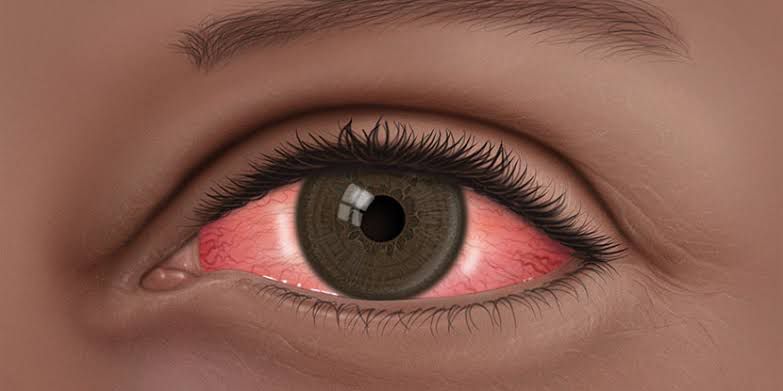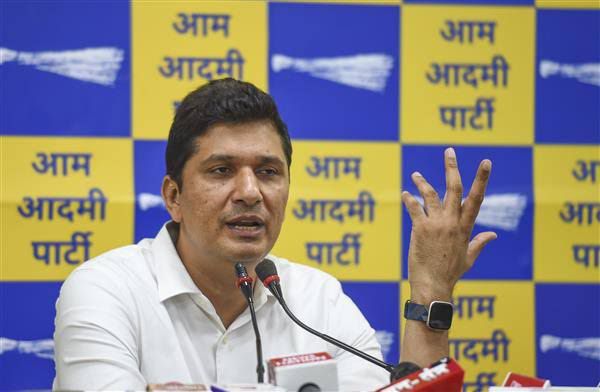
The capital city of India, Delhi is witnessing a surge in conjunctivitis cases as heavy rainfall in
the month of July fostered a favourable environment for bacteria and viruses to grow, leading to
a sudden spike in cases.
Yamuna River’s water level reached 206.01 meters on 17 July as Delhi battles its worst flood
like situation after a 41 year rainfall record. Highest number of cases are being recorded from
areas located on the banks of Yamuna river, ringing an alarm for authorities to spread
prevention methods among people as the air in the surrounding area may easily transmit the
virus.
What is Conjunctivitis?
Conjunctivitis or the pink eye is a bacterial or infection that causes an inflammation of the
tissues covering the whites of the eyeball called conjuctiva. It can be caused by several factors
such as viruses, bacteria, splash of chemicals in the eye, dust, pollen amongst others.
According to experts, adenovirus maybe responsible for the surge of conjunctivitis cases in
Delhi.
Doctors at AIIMS noted that nearly 100 cases are being registered at the hospital
everyday, although they informed the public that the adenovirus outbreak is safer as compared
to other strains and the situation will soon be under control. As doctors from AIIMS addressed
the public panic, they informed that the infection requires no treatment and would not last for
more than 2 weeks.
Preventive Measures

● Experts suggest washing hands frequently with soap and water. In the absence of a
soap, sanitisers are advised to be used frequently.
● Avoid Touching or rubbing your eyes frequently as this cause the virus to spread inside
the eye.
● Any discharge from the eye is a symptom of conjunctivitis, therefore it is advised to wash
it using water or a clean wet cloth.
● Avoid wearing spectacles and ditch your contact lenses till the time your eye fully
recovers.
● Avoid Sharing your personal belongings such as towels, eye or face makeup, contact
lenses, pillow cases.
Delhi Government’s Response to the Outbreak

Delhi government’s health department has been actively monitoring cases and issued an
advisory for all public and private schools, advising the schools to display the advisory at
eminent places within the premises. Delhi’s Health Minister Saurabh Bharadwaj has put the city
“ on alert” with specialized treatment centers being equipped to handle the outbreak with timely
diagnosis and treatment. Frequent campaigns are being conducted to keep the public well
informed about the spread of virus and its preventive measures focusing mainly on practicing
good hygiene.
Busting the Myth
There is a common misconception that conjunctivitis can spread by looking into the eye of an
infected person. However, this is not scientifically proven as the flu cannot spread simply
through eye rays. Research has shown that eye flu can spread through direct or indirect contact
with an infected person or inhaling airborne particles containing the virus which usually happens
when an infected person sneezes or coughs in the open. Therefore, infected people are usually
advised to wear masks in public to reduce the risk of transmission.












